Comparing MEAN vs. MERN: The Complete Guide to Choosing the Correct Stack
In the ever-evolving international of web improvement, deciding on the right era stack is essential for constructing sturdy, scalable, and consumer-friendly packages. Two famous stacks vying for interest are MEAN and MERN. Both provide a complete set of tools for constructing net applications, but everyone possesses traits that cater to particular wishes. This complete manual delves into the intricacies of MEAN and MERN, evaluating their components, blessings, and downsides, to empower you to make an informed selection on your next challenge.
Before diving into the details, Let's understand the abbreviations.:
-
MEAN: MongoDB (database), Express.Js (backend framework), Angular (frontend framework), Node.Js (JavaScript runtime environment)
-
MERN: MongoDB (database), Express.Js (backend framework), React.Js (frontend framework), Node.Js (JavaScript runtime surroundings)
As you may see, each stacks a percentage of MongoDB and Node.Js, highlighting their reliance on the JavaScript environment for a unified development experience. However, the differentiating issue lies in the frontend framework: Angular for MEAN and React for MERN.
Core Components:
1. Database:
-
MongoDB: Both stacks utilize MongoDB, a NoSQL report database. It gives flexibility and scalability, making it appropriate for storing various records systems frequently encountered in contemporary web applications.
2. Backend Framework:
-
Express.Js: This lightweight and bendy framework sits on top of Node.Js, offering shape and functionalities for building internet server applications. It simplifies duties like managing API requests, routing, and middleware management.
3. Frontend Framework:
-
Angular: This comprehensive framework offers a based method for building single-web page applications (SPAs). It enforces a Model-View-Controller (MVC) structure, imparting capabilities like dependency injection, routing, and two-way information binding.
-
React: This versatile JavaScript library makes a specialty of building reusable UI additives that can be blended to create complicated person interfaces. It adopts an element-based total structure, emphasizing modularity and versatility.
How does it work?
The MEAN stack follows a consumer-server structure:
-
Client-side (Frontend): The consumer interacts with the web application constructed with the use of Angular (or AngularJS). This includes elements like buttons, forms, and any visible components.
-
API Communication: When a consumer interacts with the application, the browser sends requests to the server via an API built with Express.Js.
-
Server-facet (Backend): The Express.Js server tactics the request, interacts with the MongoDB database to retrieve or shop statistics and generates a response.
-
Response to Client: The server sends the response back to the browser, and Angular (or AngularJS) updates the consumer interface for that reason.
Benefits of the MEAN Stack:
-
Single Language: Using JavaScript for each front-quit and returned-stop improvement can simplify improvement and renovation for builders familiar with the language.
-
Rapid Development: The frameworks and equipment inside the MEAN stack provide shape and features that may accelerate development in comparison to starting from scratch.
-
Scalability: The additives of the MEAN stack are designed to handle huge quantities of information and site visitors, making it appropriate for building scalable programs.
Real-world Examples Of MEAN Stack:
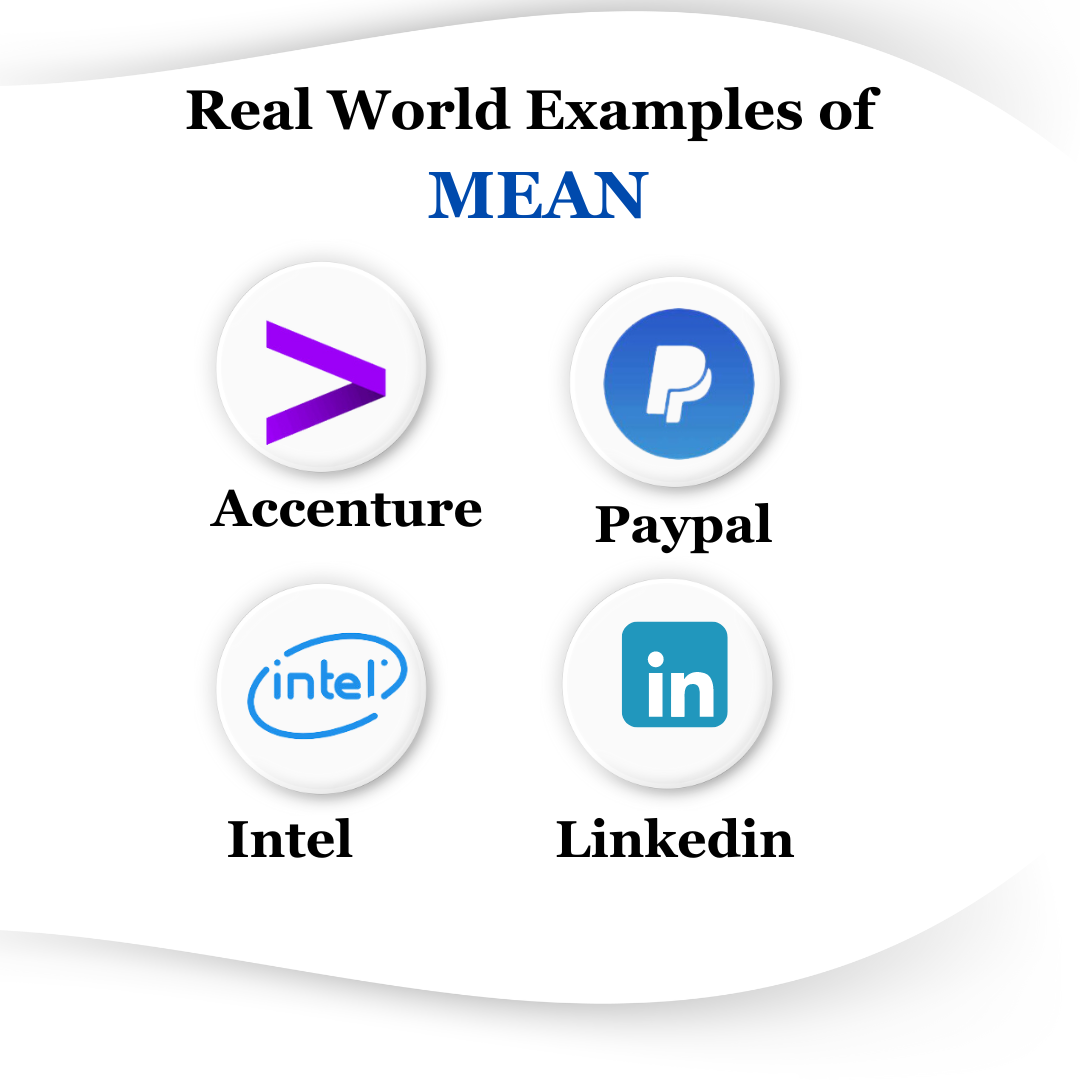
Here is a Breakdown of the Way the MERN Stack Works Together:
-
The Front-end (React): users interact with the application's visual elements, built using reusable React components. React handles user input and updates the application state as needed.
-
API Requests (React): If user interaction requires fetching or updating data, React sends an API request to the express server.
-
Backend (specific & Node.js): The express server receives the API request and processes it using Node.js. this may involve interacting with the database, performing calculations, or another server-side logic.
-
Database (MongoDB): The express server interacts with MongoDB to store, retrieve, or update data as needed.
-
Response (explicit & React): The specific server sends a response back to the React software, which may contain data or updated information. React then updates the UI accordingly.
Benefits of the MERN Stack:
-
Full-stack JavaScript: using JavaScript for both the front-end and back-end development simplifies the development process and reduces the need for developers with different skill sets.
-
Scalability: All components of the MERN stack are highly scalable, making it suitable for applications of all sizes.
-
Large Community: The MERN stack has a large and active community, providing extensive resources, tutorials, and support.
Real-world Examples Of MERN Stack:
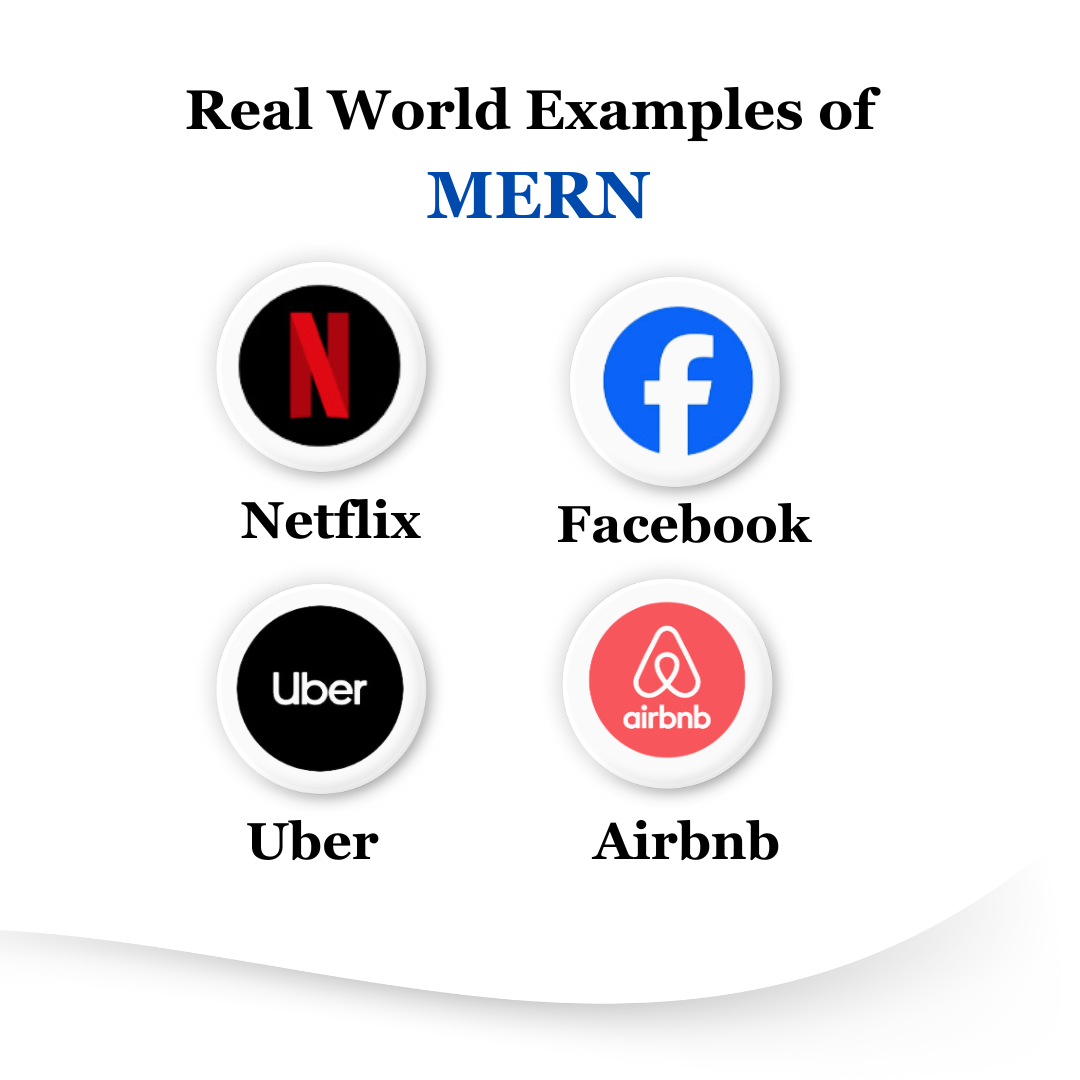
Strengths and Weaknesses:
MEAN Stack:
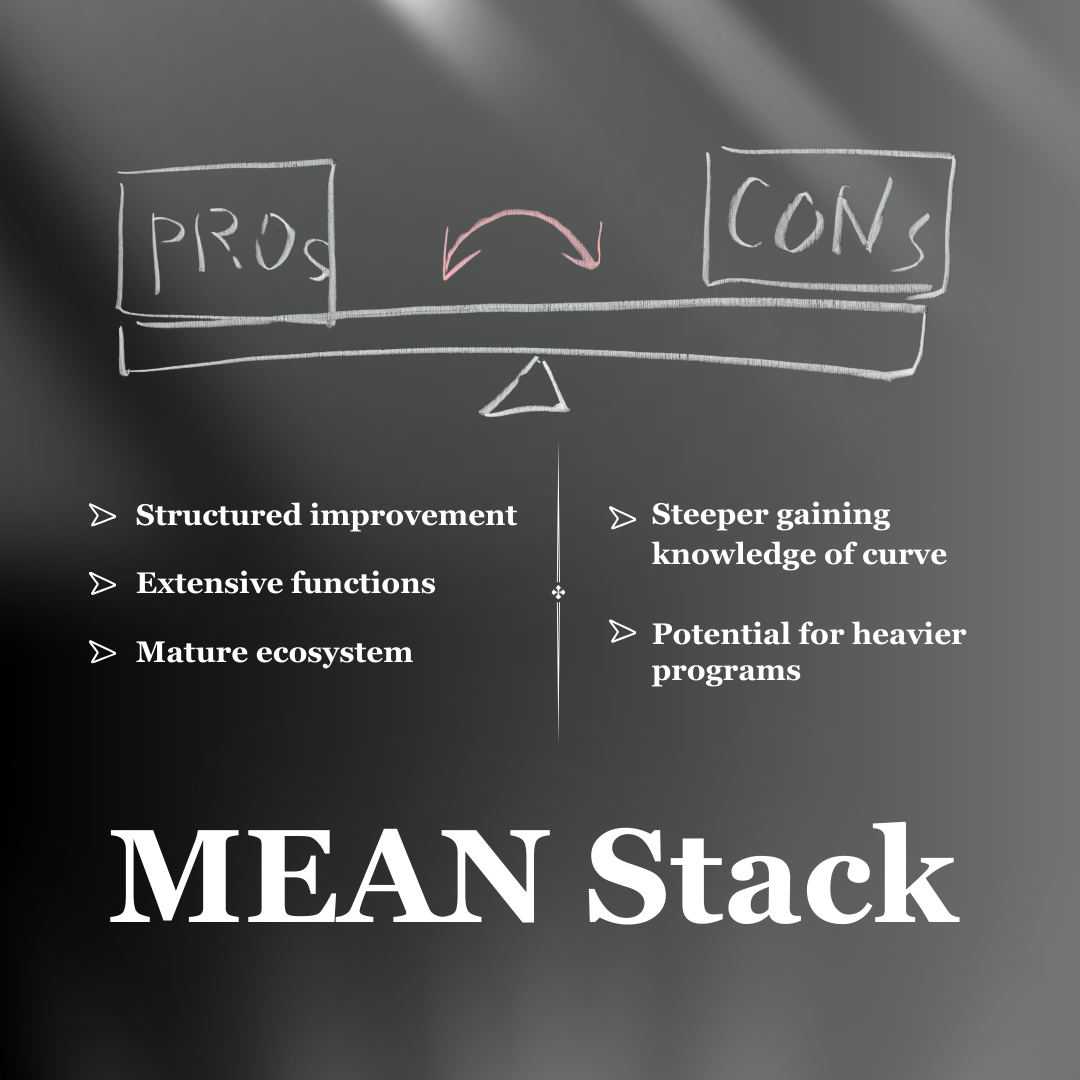
Pros:
-
Structured improvement: Angular's MVC structure provides a clean shape for building complicated programs, making it less complicated to control and preserve large codebases, particularly for huge improvement teams.
-
Extensive functions: Angular gives a massive array of functions out-of-the-container, consisting of routing, dependency injection, and built-in form validation, decreasing development time and boilerplate code.
-
Mature ecosystem: Angular boasts a large and lively network, offering considerable documentation, and tutorials, and with no trouble to be had third-birthday party libraries cater to numerous assignment desires.
Cons:
-
Steeper gaining knowledge of curve: Compared to React, Angular's based method calls for a deeper understanding of its standards and standards, making it barely much less newbie-friendly.
-
Potential for heavier programs: Due to its complete nature, Angular packages may be heavier than those constructed with React, which might impact overall performance on low-quit devices.
MERN Stack:
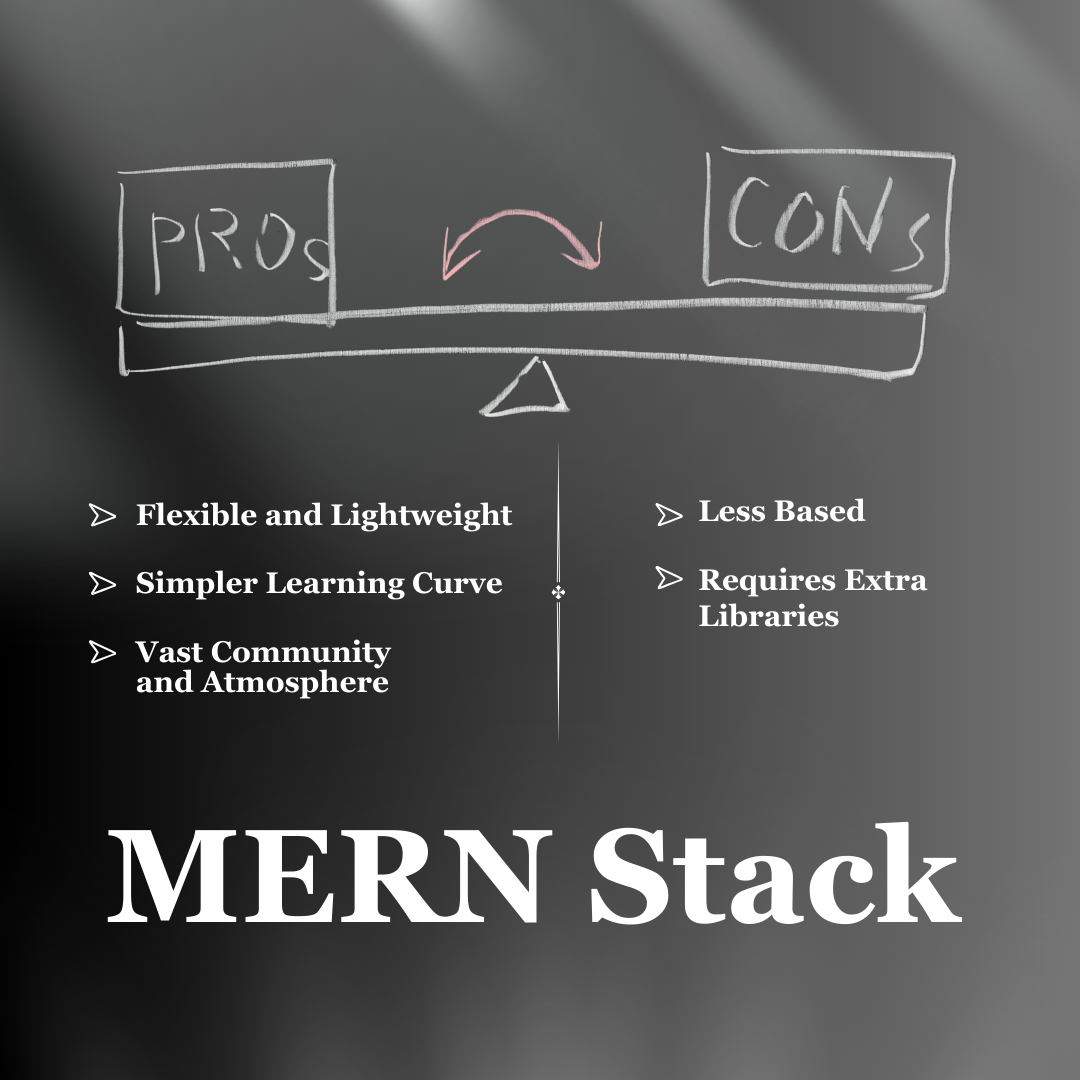
Pros:
-
Flexible and lightweight: React's aspect-based total architecture promotes modularity and reusability, mainly to lighter and extra-performant internet applications. This makes it well-appropriate for constructing dynamic and interactive interfaces.
-
Simpler learning curve: The central ideas of React are less difficult to understand for beginners, making it a famous desire for people new to web development.
-
Vast community and atmosphere: Similar to Angular, React enjoys a massive and lively network, presenting considerable sources, libraries, and tools to expedite improvement.
Cons:
-
Less Based: While flexibility is energy, the lack of a rigid structure in React can lead to inconsistencies and demanding situations in keeping big codebases, especially in complex tasks.
-
Requires extra libraries: React, on its own, is a library for building UI additives. It often calls for additional libraries to address functionalities like routing, nation control, and shape handling, which may add complexity to the setup.
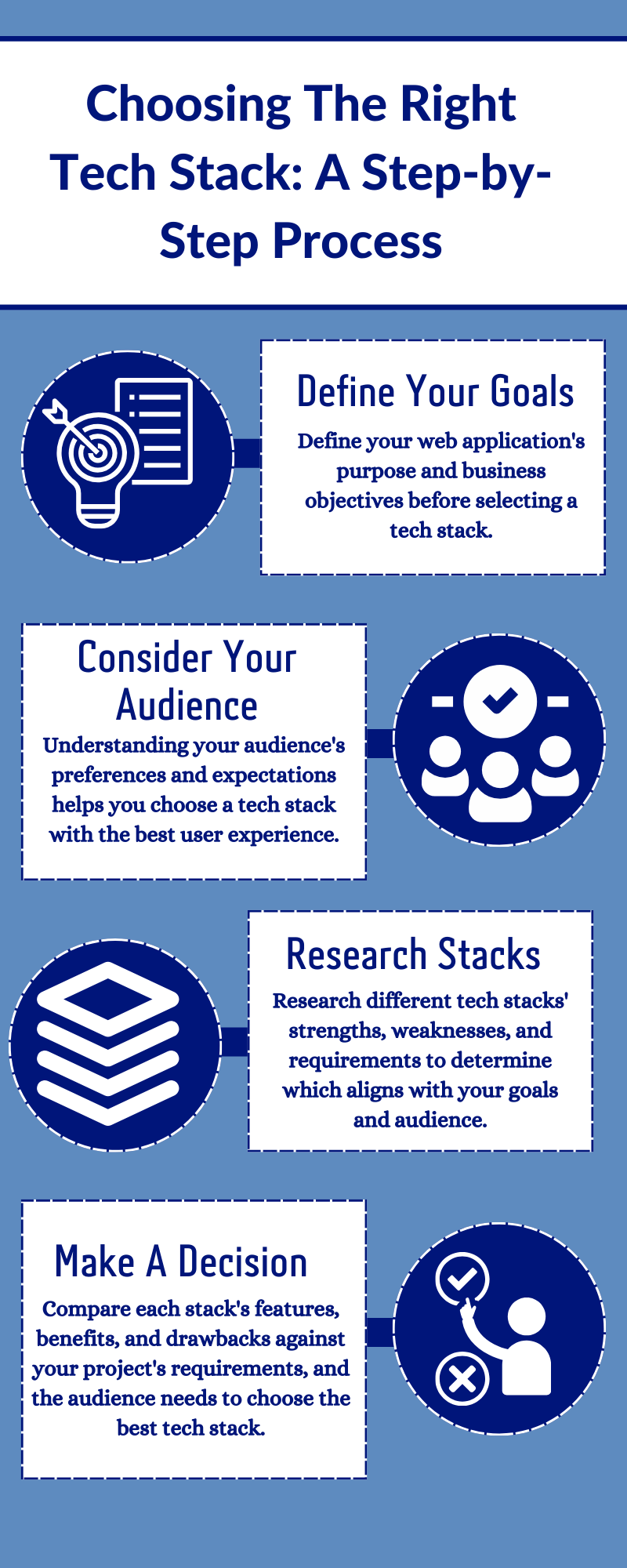
Choosing the Right Stack:
The choice between MEAN and MERN, in the long run, relies upon several elements precise on your task:
-
Project Complexity: MEAN might be a higher suit for huge-scale applications requiring a dependent and characteristic-wealthy framework due to Angular's built-in functionalities.
-
Development Team Expertise: If your crew has enjoyed Angular and MVC architecture, MEAN might be an extra green choice. Conversely, if your group is cushty with React's aspect-primarily based technique, MERN might be an extra natural healthy.
-
Performance Necessities: If performance is paramount, and your utility requires a lightweight and fast-loading interface.
.png)


